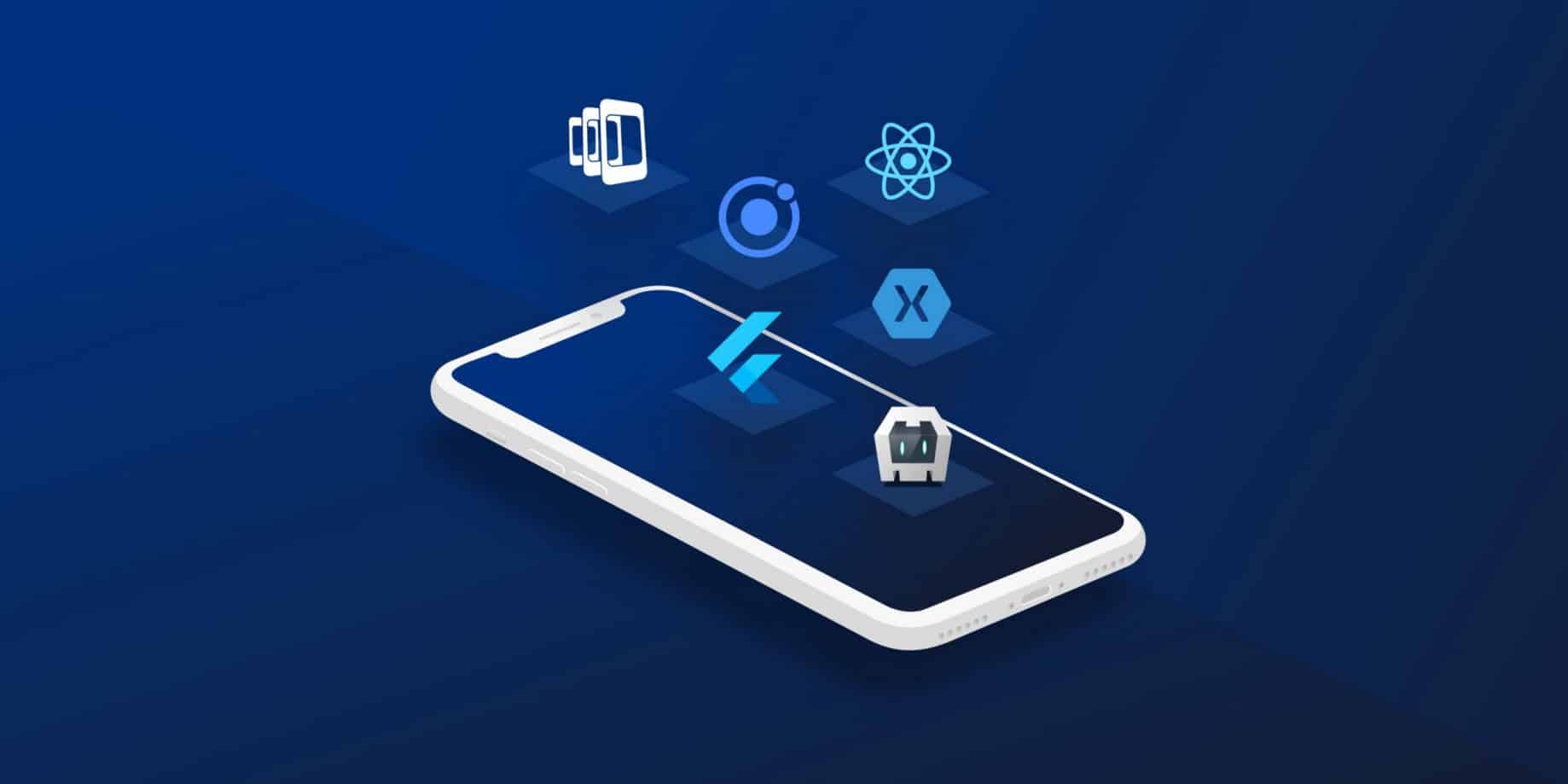With the rapid rise of mobile technologies, most businesses had to go mobile. The statistics report about 49.86% of mobile internet usage compared to 46.44% for desktops. As a result, custom mobile application development services are on the rise.
The project development is a complicated process and requires a comprehensive approach to its realization. How can you build a mobile app that will succeed in the market? Here are seven basic rules you should follow when building a mobile app.
Analyze User Requirements through MVP
When you launch a startup, it’s crucial to create a minimum viable product first. MVP allows you to test the idea with users with no need to develop a full-fledged product at high costs to release it to real users. The development of an MVP will help you:
- Release your project to the market faster without spending much money;
- Find your target audience;
- Validate your project idea;
- Get insight into your target user requirements;
- Get feedback about the functionality and improve it.
To start the MVP development, you should research your target market to understand your project capabilities and your user requirements. After you identify your user needs, create your product concept and design that will map your user journey. This will help you define primary features to satisfy user needs in the fastest and easiest way. Finally, define the basic set of features you will include in MVP. Try not to overload the MVP with features as they may be completely different after the MVP reaches its users.
Pay Attention to UI Design
When building a mobile app, it’s essential to make it as simple and appealing as possible. There are millions of apps at the Google Play Store, and it’s hard to compete with a poor design. No matter how sophisticated your app is, it is more likely to fail if it is not user-friendly. Your development team should be aware of the latest design trends and understand how to build a service app that will attract more users. Here are some of the latest UI trends that will help you keep up with the time:
- In-app gestures for boosting user experience
- Implementing Face ID for unlocking
- Adding video content and animation
- Adhering to a conversational design approach
- Integrating augmented reality in design
- Supporting ideas with illustrations
- Using serif fonts and futuristic colors
- Drawing transparent elements
Optimize Performance of Apps for Multiple Android Devices
Performance is one of the most important aspects of Android mobile app development. The better your app performs on different Android devices, the more likely users are to continue using it. Statista reports that the number of smartphone users has increased almost twice. So, it matters to optimize your mobile app’s performance.
According to Android Developer’s documentation, choosing the right algorithms and data structures is a top priority to ensure better app performance. There are several general coding practices mentioned in the documentation for code efficiency. So, to ensure your mobile app works well across multiple devices, you should:
- Avoid creating unnecessary objects;
- Prefer static over virtual;
- Use static final for constants;
- Use enhanced for loop syntax;
- Consider package instead of private access with private inner classes;
- Avoid using floating-point
- Know and use the libraries;
- Use native methods carefully.
Write Clear and Easy Scalable Code
When you build and release a mobile app, you need to understand that with time you may need to scale your project with new features and capabilities. With the app growth, your app should also be well-prepared for higher loads. Thus, writing clear and scalable code is crucial for future perspectives. What’s scalable code? Code-level scalability stands for the time your project team will spend to adapt to new requirements. The lesser the lines are required, the more scalable the code is. The code that has fewer repeating elements is also considered to be scalable. There are a lot of best practices Android developers apply to write scalable code. For you as a customer ordering Android development services, it’s crucial to make it a project requirement for the team. It will save your money and the time needed for extending your mobile app. Finally, developers should write as clear code as possible. Why? Imagine the situation that you augment your project team with new developers. If the code is not clear, it will take much time to understand the code to work with it, which is a significant waste of time.
Conduct Frequent App Testing
Mobile app testing is a complex process: multiple devices with different screen resolutions, several operating systems, etc. To mitigate the risks of going to the market with bugs, you should continuously test your mobile app during the process of creating it. Frequent testing during the development stage guarantees that your app will be released bug-free. Why is it important to ensure a bug-free release to the market? Compared to desktop users, mobile users are more impatient when it comes to using the app. They want it to work right and download faster.
Here are a couple of tips on how to organize your mobile app testing:
- Define what types of tests you want to apply.
- Choose what types of devices you’ll test your app: on real devices or emulators.
- Apply test automation to get non-stop updates on what should be improved.
- Define which processes you should automate (some processes are better to test manually).
Mind Security Issues
Security must be taken seriously by your development team. Those apps that don’t follow Google’s security policy will be flagged and removed. Thus, ensuring a secure app is your responsibility when building a mobile app.
According to Google’s security policy, Android developers are expected to ensure secure and private data processing. So, you should not only follow the requirements for completing the ‘’App privacy & security’’ section in Play Console but also support the User Data policy. For example, you should apply data encryption methods to keep user data private. You can also apply software to monitor and alert about suspicious activities.
Listen to End Users Feedback
Finally, when releasing your app to the market, you need to collect and analyze your end-user feedback. It’s the best way to enhance your product per your user needs and requirements. By knowing what your customer thinks about your mobile app, you will be able not only to ensure a better user experience for the current app but understand your market for your next projects, too.
In a Nutshell
To build a successful mobile app, you need to follow the industry rules and listen to the voice of your users. By taking into account the rules above, you’ll develop a user-friendly Android app that will bring you more valuable customers. Each of the rules play a crucial role at different development phases that’s why it’s vital not to neglect them. The in-depth approach you’ll apply, the more successful your mobile project will be once it’s released.





